Pop-up digital forest in DTLA? Yes, please
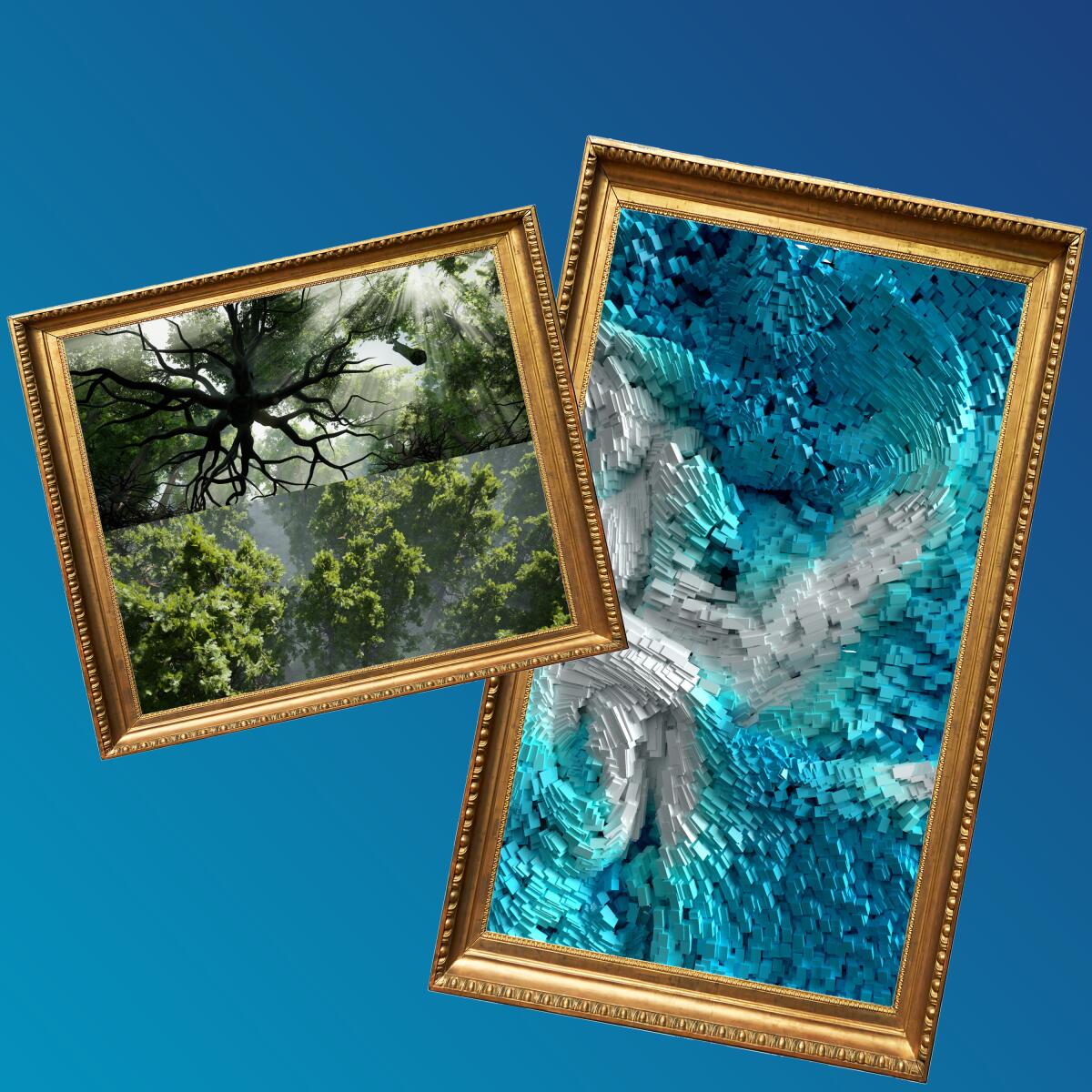
- Share via
By Mary Forgione
Welcome to The Wild! At last, something to do on Saturday night that doesn’t involve Netflix. For just one night, a forest will appear in downtown Los Angeles, part of an outdoor digital light show called “Luminex: Dialogues of Light.”
At one site, look for a building-size projection of trees from different perspectives, one looking down on lush canopies, the other looking up from the intricate root system. Japanese artist Akiko Yamashita’s artwork is inspired by her grandfather, who committed himself to planting trees in landscapes left empty after World War II.
Turkish artist Refik Anadol has also created a pop-up natural wonder for the city. His work transforms “the invisible patterns of wind in and around L.A. into a series of poetic data sculptures and projects them on the facade of the Desmond building in downtown L.A.,” an online statement says.
Yamashita’s “Forest Perception: If a Tree Talks in the Woods, Does Anyone Listen?” will be shown from 9:30 to 11:30 p.m. at 1154 S. Olive St. “Wind of Los Angeles” will be projected from 7:30 to 11:30 p.m. at 1066 S. Hope St. Check out more “Luminex” works and where to find them here.
Three things to do this week
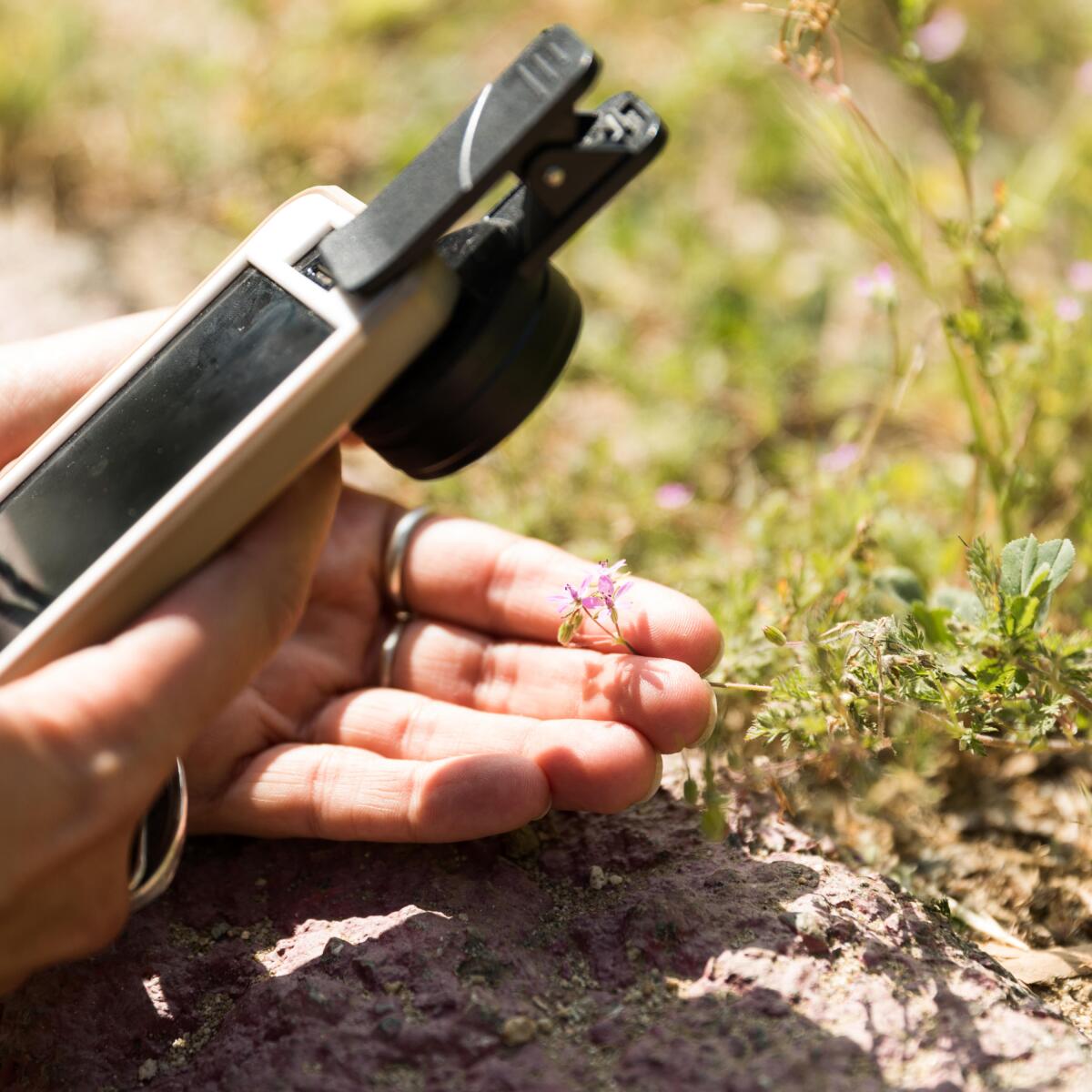
1. Get ready for the City Nature Challenge. Six years ago, the Natural History Museum of Los Angeles County and the California Academy of Sciences in San Francisco started a friendly competition called the City Nature Challenge. The four-day bio-blitz asked people to submit photos of wild plants, animals and fungi to see which city could find the most species.
More than 400 cities on six continents now compete in the event. It’s free to participate, no experience required. Start by downloading the iNaturalist app on your mobile device. Then, between April 30 and May 3, visit your backyard, a city park, a forest trail, a desert path, etc., and upload photos of what you find. The city whose residents find the most species wins — and adds to the growing community science database. Results will be announced May 10. Until then, practice with the app and start scoping out places to explore. Find more info about the City Nature Challenge here.
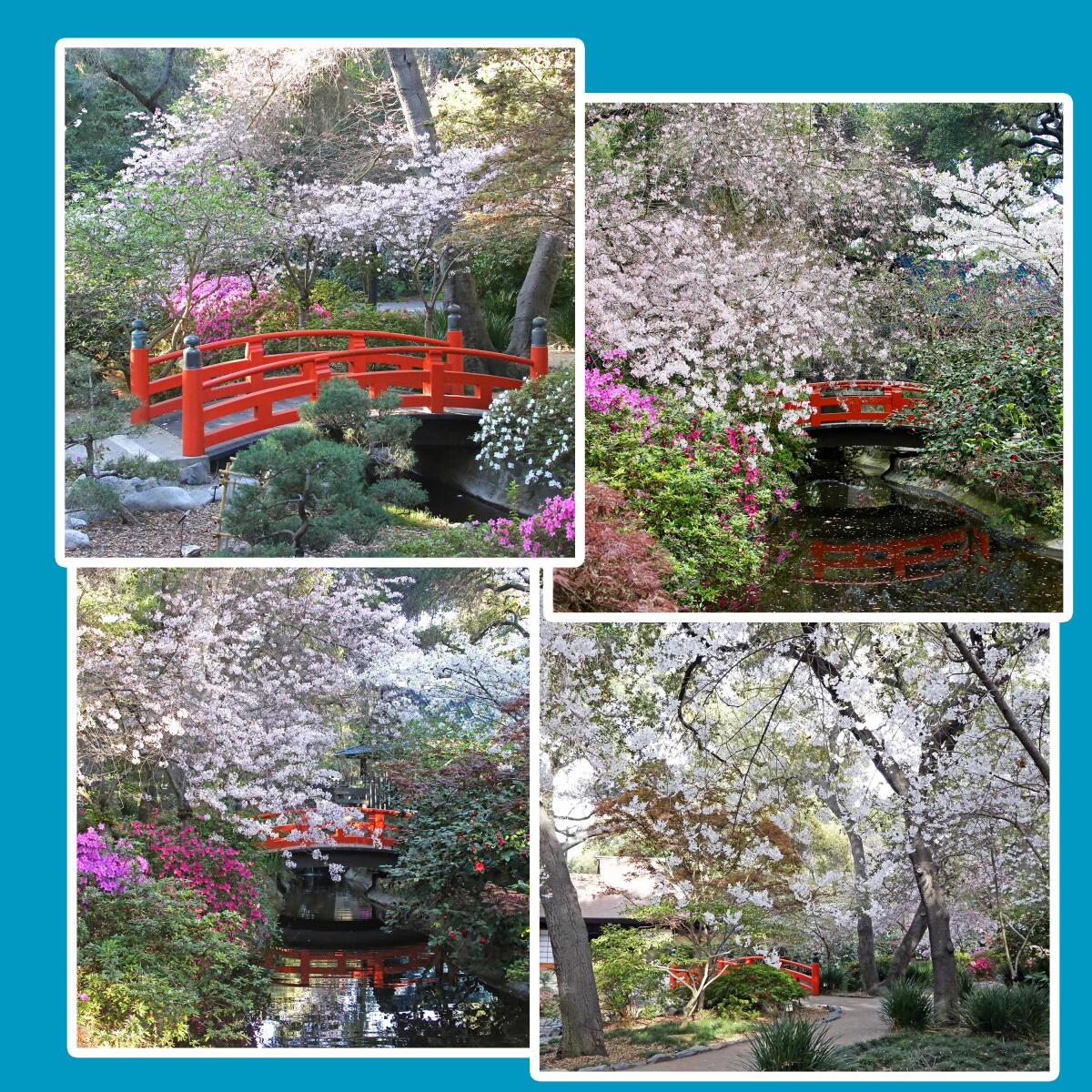
2. See cherry trees blooming right now. Cherry blossom season is on at Descanso Gardens in La Cañada Flintridge — but not for long. The delicate pink Akebono and Beni Hoshi varieties are at peak this week in the Japanese Garden. “Ephemeral and fleeting, you can enjoy these blooms for another week or so, weather-dependent,” the gardens posted on social media. If you go, also check out the Lilac Garden, which is in bloom now too. Visitors must buy timed tickets in advance ($15 for adults, $5 for children ages 5 to 12) and observe COVID-19 protocols. Find out how to purchase Descanso Gardens tickets here.

3. Kids can sail on Southern California tall ship adventures this summer. In-person Tall Ship Adventure Sea Camps organized by the Los Angeles Maritime Institute in San Pedro will return in June (with COVID-19 rules in place). Day camps teach young children about nature and marine ecosystems; longer itineraries teach older children how to sail. Sessions take place on twin 110-foot brigantines in San Pedro and a 130-foot schooner in Long Beach. Explorer Camp for 6- to 10-year-olds starts at $67 a day, Adventure Camp five-day itineraries for 10- to 17-year-olds start at $700. More info here.
The red flag

Time for a pop quiz: What does “pack it in, pack it out” mean when you’re outdoors? Before you answer, I’m going to tell you what that phrase doesn’t mean.
It doesn’t mean you can leave anything — a mask, a broken lawn chair, a fast-food container — at a picnic area or on a forest trail to be disposed of by someone else. No one is coming for your garbage. It also doesn’t mean you may leave your carefully tied trash bag next to an overstuffed garbage can. Animals will tear into it and spread garbage everywhere.
Correct answer: “Pack it out” means you pack your garbage all the way out — you take it home. If you don’t believe me, just ask officials at the Angeles National Forest, where sites have been inundated with masks, diapers, food containers, cracked sleds and other junk since the COVID-19 pandemic started and more people sought refuge outdoors. “I could do more programs if I didn’t have to pick up trash,” said David Cline, assistant recreation officer for the U.S. Forest Service/San Gabriel Mountains National Monument.
In the northern part of the monument near Valyermo, some recreational sites remain closed because they are seasonal or because they were damaged in last year’s Bobcat fire. Even so, every week we manage to leave behind a collective 12,000 pounds of trash that fill 30 dumpsters. How can that be? And, unbelievably, it’s not the only part of the forest that gets trashed.
Garbage cans and dumpsters are out for people to use, but with trash volume so high, the forest can’t keep up. “Along with unprecedented numbers of visitors we’ve seen a previously unimagined increase in garbage and waste,” forest spokesman John Clearwater wrote in an email. So they’re asking us to “pack it out” and take it home.
I recently took a drive to see trash pickup in action. Cline first stopped at Fenner Canyon Conservation Camp to drop off trash bags. The minimum-security facility houses inmates who work on forest maintenance projects and now help handle the garbage overload. The next stop was Jackson Lake, where I met three newly minted recreation technicians who spend too much of their time picking up what we leave behind.
I asked them if they had ideas about how to make the trash message more relevant. “Treat this space like a living room in your home,” Elisa Osborne said thoughtfully. “It’s a shared space with everyone. I think that’s a comparison everyone can understand.”
Let’s hope.
The comeback
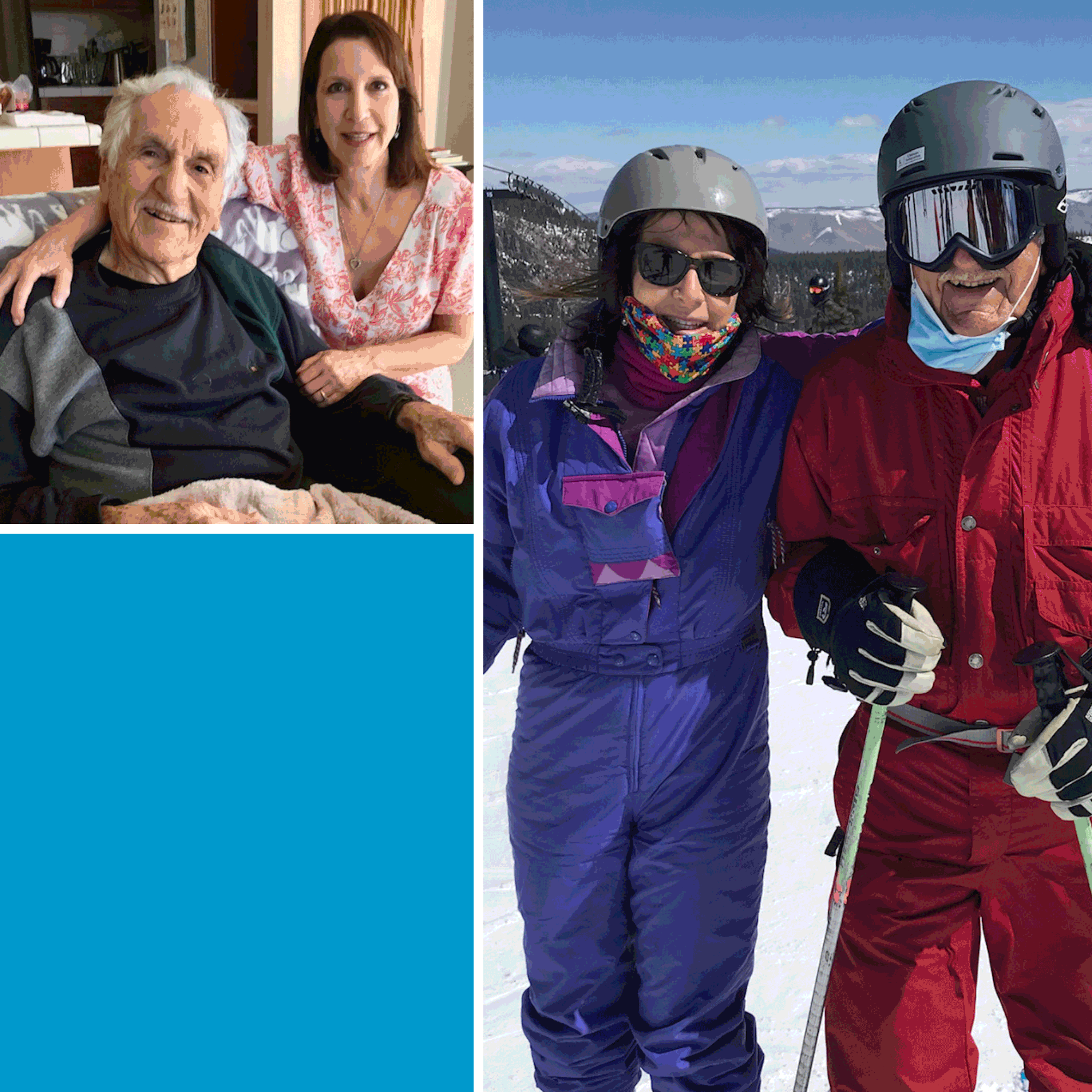
Harold Koletsky was skiing in Colorado last year when he fell while getting off a six-person chairlift. “I don’t know what happened but in the process I wound up on the ground,” he said. “And I remember banging my head pretty hard.” Koletsky broke his hip and needed immediate surgery. A few days later, he flew back to L.A. to recuperate at his home in Palos Verdes Estates, devising his own recovery plan. “Rehab for the hip was kind of simple,” he said in an understated way. He started walking, walking, walking, as much as he could. Was it painful? “It hurt a little bit,” he said.
Then, Koletsky started thinking about skiing again. When he arrived at Mammoth Mountain in March, more than a year later, he admitted being a little nervous. “I’m 90 years old, going to be 91 in two weeks,” he said. “I was a bit apprehensive.”
He wasn’t the only one. Susan Davis, his daughter, hadn’t skied in 15 years, but she felt so inspired by her father’s determination that she decided to return to the slopes too. “My dad’s story is truly remarkable, as he spent the entire pandemic working out, going from being immobile after surgery, to a walker, to a cane and now ... skiing in Mammoth....” When we spoke, Susan talked about her father’s “true grit” and the resilience he showed in overcoming such painful and debilitating surgery. There was a warm sparkle in her voice.
I heard that same warmth in Harold’s voice when he talked about hiking with family members and how much he enjoyed skiing. Back on the slopes, Harold cruised down the intermediate runs a few times before seeking out tougher terrain. Susan joined him. “Not only did he ski beautifully, but no one in our group could keep up with him, even on the black diamond runs,” she wrote.
Wild things
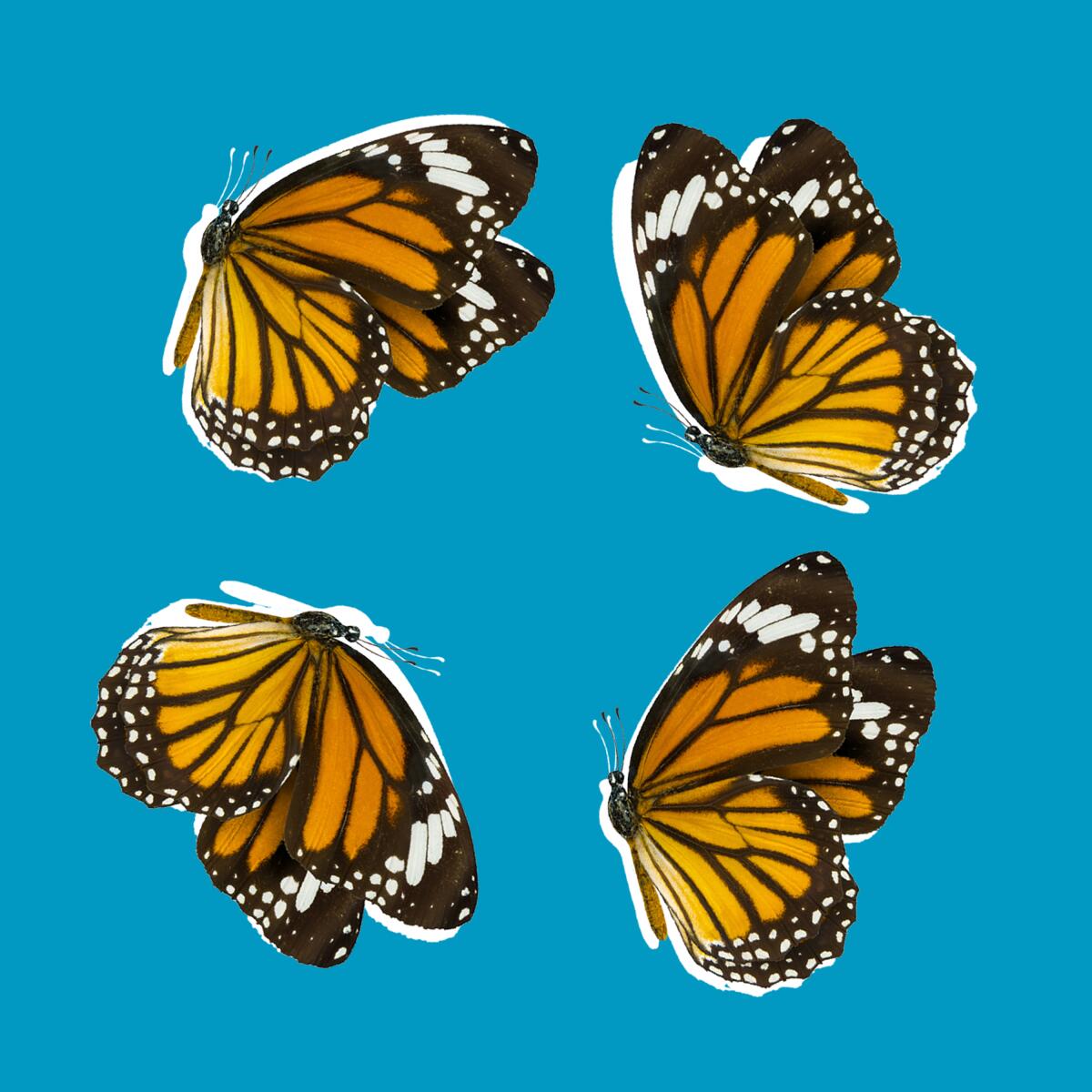
Many people want to give dwindling Western monarch butterflies a hand, and that’s a good thing. Gardeners are eager to plant native milkweed to help sustain the species, whose population is dropping dramatically in California. The best way to help is to plant native milkweed, “the only thing its caterpillars will eat, and nonnative varieties appear to be hastening its demise,” Times colleague Jeanette Marantos writes.
Where can you find native milkweed plants? It’s tricky, because they are emerging from dormancy and need to grow big enough to sell. Nurseries say they may be ready in mid-April, but many plants have sold out at some locations through preorders. Here are eight places where you can buy native milkweed.
The must-read

Check yourself: Do you give people “advice” on the trail when they aren’t really asking? Zoe Gates, who writes stories about backcountry skills and survival at Backpacker magazine, relates the time she encountered two “helpful” men who gave her grief for not wearing rain pants during a blustery day on the trail in Colorado.
Here’s part of the story: “‘Do you have rain paints?’ they asked, regarding mine and Erica’s hiking skirts with palpable judgement. I shook my head. I rarely carried mine for short overnights such as this one; plus, I had plenty of dry layers in my pack, which was shielded under a rain cover.
“‘You girls are going to get hypothermia out here,’ said one of the men as he offered us hot water fresh off the Jetboil. ‘You should always wear rain pants when it’s like this. That’s how people die, being unprepared,’ he said. ‘You’re lucky you ran into us.’”
Lucky? Not really. Gates was offended by the condescending tone and the unnecessary finger-wagging. Click here to read the rest of “Women in the Backcountry Don’t Need Your Help.”
P.S.
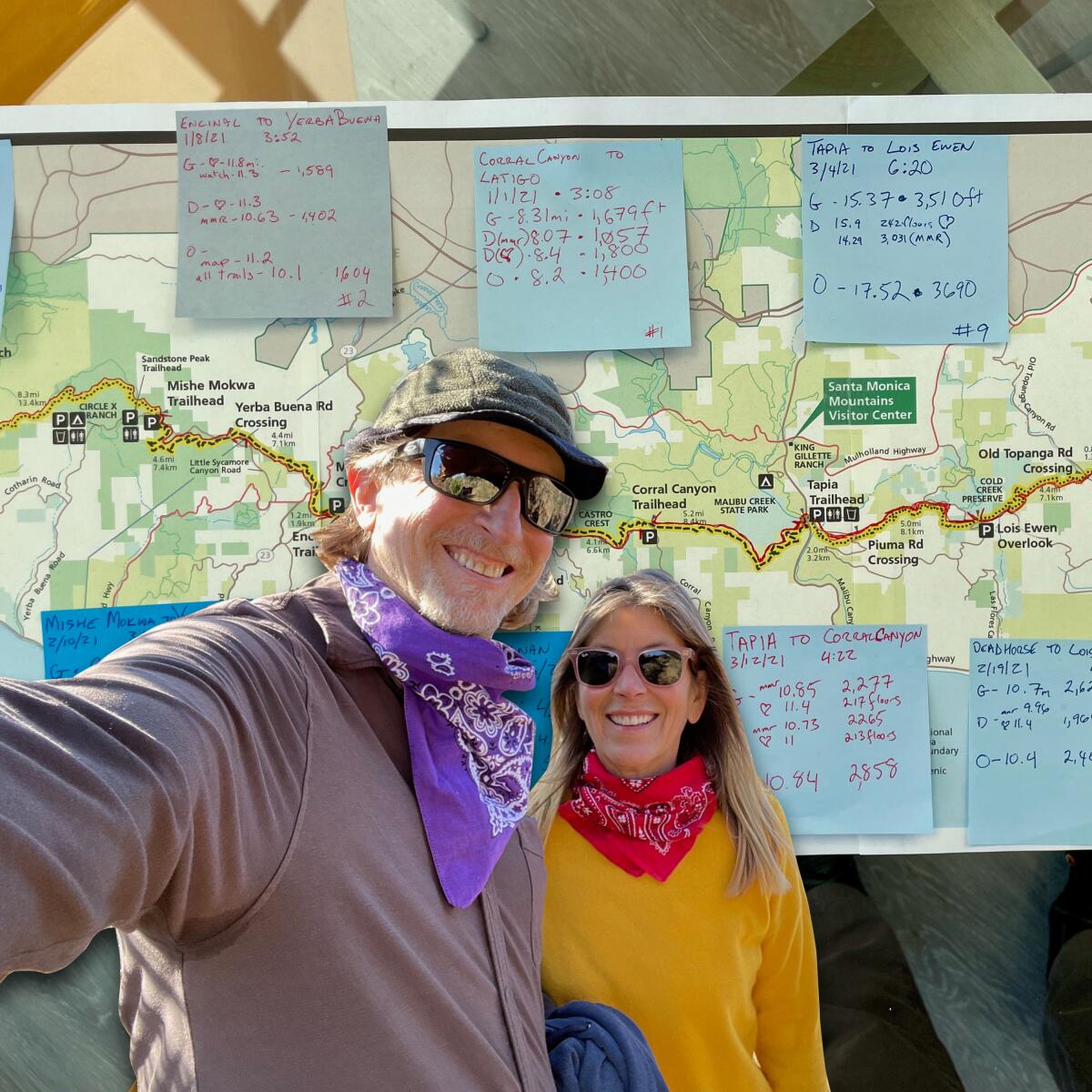
Earlier this year, I challenged pandemic-weary readers to hike segments of the 67-mile Backbone Trail in the Santa Monica Mountains. Guy Welles and his wife, Deb Adams-Welles, took me up on that. “My wife and I just completed the hike,” Guy wrote in an email last week. “We did one segment a week, and started on New Year’s Day.”
The couple broke the trail into 12 out-and-back segments. “So we actually did the whole trail in both directions,” he wrote.
Hardest part to navigate: the area around Old Topanga Canyon Road north of Malibu.
Parts they liked the best: the garden near Saddle Peak and rock formations at Corral Canyon.
Best resource for navigating the trail: “The Complete Hiker’s Guide to the Backbone Trail” by Doug and Caroline Chamberlin.
There are lots of way to tackle the trail. Here are eight point-to-point hikes that complete the Backbone Trail too.
Send us your thoughts
Share anything that’s on your mind. The Wild is written for you and delivered to your inbox for free. Drop us a line at TheWild@latimes.com.
Click to view the web version of this newsletter and share it with others, and sign up to have it sent weekly to your inbox. I’m Mary Forgione, and I write The Wild. I’ve been exploring trails and open spaces in Southern California for four decades.

Sign up for The Wild
We’ll help you find the best places to hike, bike and run, as well as the perfect silent spots for meditation and yoga.
You may occasionally receive promotional content from the Los Angeles Times.




